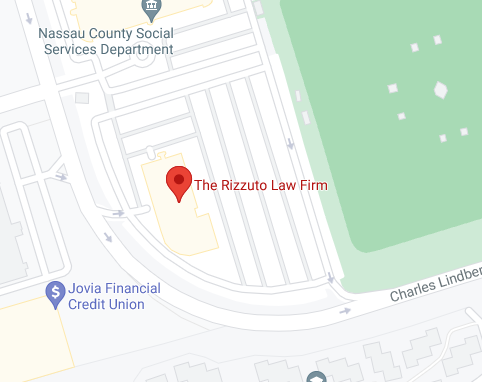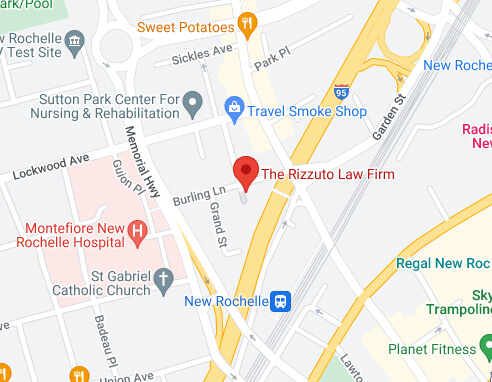All medical professionals owe their patients a duty of care. Healthcare workers are expected to perform to rigorous standards and do no harm. If they do cause harm to a patient, they can be sued for malpractice. This includes not only doctors and surgeons but nurses, physical therapists, dentists, healthcare facilities, and mental health professionals.
This is a highly complex subset of personal injury law. It’s best to work with an experienced medical practice attorney who understands the laws and what it takes to prove the harm in court.
What Are Grounds for Filing a Medical Malpractice Case in New York?
In a nutshell, if a medical professional doesn’t care for someone using the accepted standards of the medical profession, which causes the patient to become injured or ill, there may be grounds for medical malpractice.
In order to convince the courts that they were victims of malpractice, the patient has to prove that:
- They were under the care of a physician.
- The medical professional who was to advise, diagnose, or treat the patient failed to act according to appropriate medical standards.
- Consequently, the patient suffered an illness or injury that didn’t previously exist or the worsening of an existing condition.
Are Medical Negligence and Medical Malpractice the Same Thing?
The two terms are often used interchangeably, but they do have notable differences that can affect whether or not a medical malpractice suit will be successful.
Medical Negligence. This occurs when a medical professional makes an honest mistake. They have no reason to believe the action they take or the advice they give will cause any harm.
Medical Malpractice. Malpractice occurs when the medical professional knows there could be negative consequences for the action they take or the advice they give.
If the case appears to belong to the medical negligence category rather than malpractice, that doesn’t mean the harmed patient isn’t due some recourse. They may be able to settle with the medical professional outside of court and receive damages.
What Are Different Types of Medical Malpractice?
There are too many to list here. But as described above, if the medical professional should have known that they could cause harm and did so anyway, you may have a malpractice case. Here are some common reasons for malpractice lawsuits:
- Failure to diagnose or misdiagnose a patient. An example is a patient who goes to the doctor for a persistent cough. The doctor attributes it to an ongoing cold. A visit to another doctor turns up a diagnosis of lung cancer.
- Not taking an adequate patient history or ignoring that history. An example is an anesthesiologist not paying attention to the patient’s history, which indicates that certain types of anesthesia are not recommended for this patient.
- Errors during surgery, surgery for the wrong thing, or performing unnecessary surgery. An example is a surgeon who removes the wrong breast on a woman with breast cancer.
- Not providing adequate aftercare, follow-up, or releasing a hospitalized patient too soon. An example is a heart attack patient not being adequately monitored, which leads to a subsequent heart attack.
- Not paying attention to the patient’s comfort levels or being rough and causing unnecessary pain during a medical procedure.
- Misreading or ignoring lab test results. An example would be a doctor who neglects to order lab tests that could have correctly diagnosed the patient.
- Not prescribing the proper medication or the correct dosage. An example would be a pediatrician who prescribes the proper medication for a child but in too large a dose.
Is There a Statute of Limitations to Sue for Medical Malpractice in New York?
Yes. New York state has a statute of limitations for filing medical malpractice lawsuits. A statute of limitations is the period in which any claims or lawsuits can be filed. Once the statute of limitations is passed, it’s virtually impossible to get a court to hear the case.
In New York, the statute of limitations for medical malpractice cases is two-and-a-half years (30 months) from the date the malpractice occurred. However, it’s essential to understand that this is subject to what’s called the discovery rule: the law states that the period doesn’t begin until the injury from the malpractice was, or should have been, discovered.
What Types of Damages May Be Awarded in a Medical Malpractice Lawsuit?
There are two types of damages that someone may sue for.
Compensatory damages. These are called compensatory damages because they’re funds meant to reimburse the patient for all out-of-pocket expenses they incurred due to the malpractice, including lost wages. They may also include less quantifiable damages, such as future medical costs or lost wages, pain and suffering, and loss of enjoyment of life.
Punitive damages. These are meant to punish the medical professional guilty of malpractice. This category is applicable in New York when the medical professional’s guilt is not just intentional and knowing but reaches a criminal level of immorality and dishonesty.
While many states across the country have caps on the amount of damages a medical malpractice plaintiff can receive, New York has no such cap.
What Should I Do if I Think I’m the Victim of Medical Malpractice?
Call us as soon as possible at 516-622-0606 for a free case evaluation. These are complicated cases requiring time, investigation, and a hard end date for filing a case. We understand that you’ve already undergone enough pain and suffering and need a compassionate, aggressive attorney to help you make things as right as possible.












